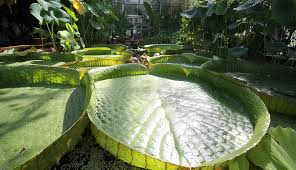
Do indoor gardens really work? A climate-controlled, self-watering, self-lighting indoor garden basically takes all the work out of growing your food and it makes an easy introduction to teaching young children to grow their own food too. They learn how the right amount of moisture, nutrients, and light contributes to a healthy crop.
Which is the best smart garden? The Gardyn Home Kit is our top pick. But one size doesn’t fit all. There are other indoor gardens available, some of which are smart gardens. You can use any of them to grow herbs or even vegetables in your home.
Which indoor hydroponic system is best?
- AeroGarden Harvest-Black Indoor Hydroponic Garden.
- Hydroponics Growing System.
- GrowLED Plant Indoor Garden.
- Gardyn Home Indoor Smart Garden.
- AeroGarden Bounty Basic Indoor Hydroponic Herb Garden.
- The Farmstand.
What is the best indoor grow? Best Overall: AeroGarden Harvest
AeroGarden is one of the early leaders in at-home hydroponics and indoor gardens. It’s our top choice because there are a lot of options to choose from, from countertop gardens to larger units that will hold more than 20 plants (or pods).